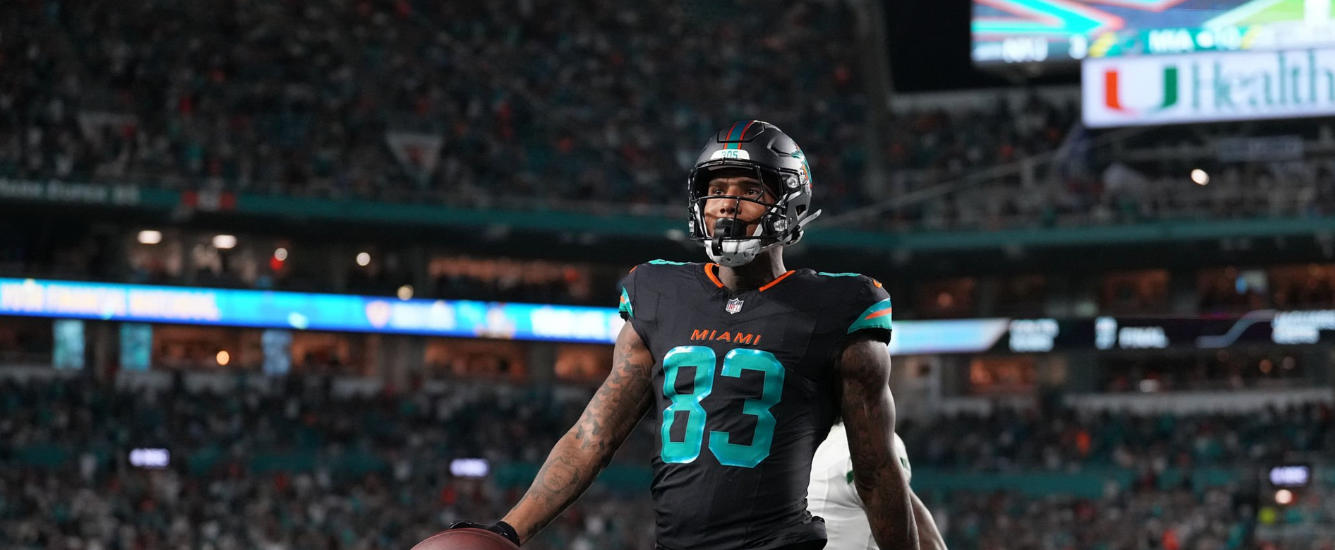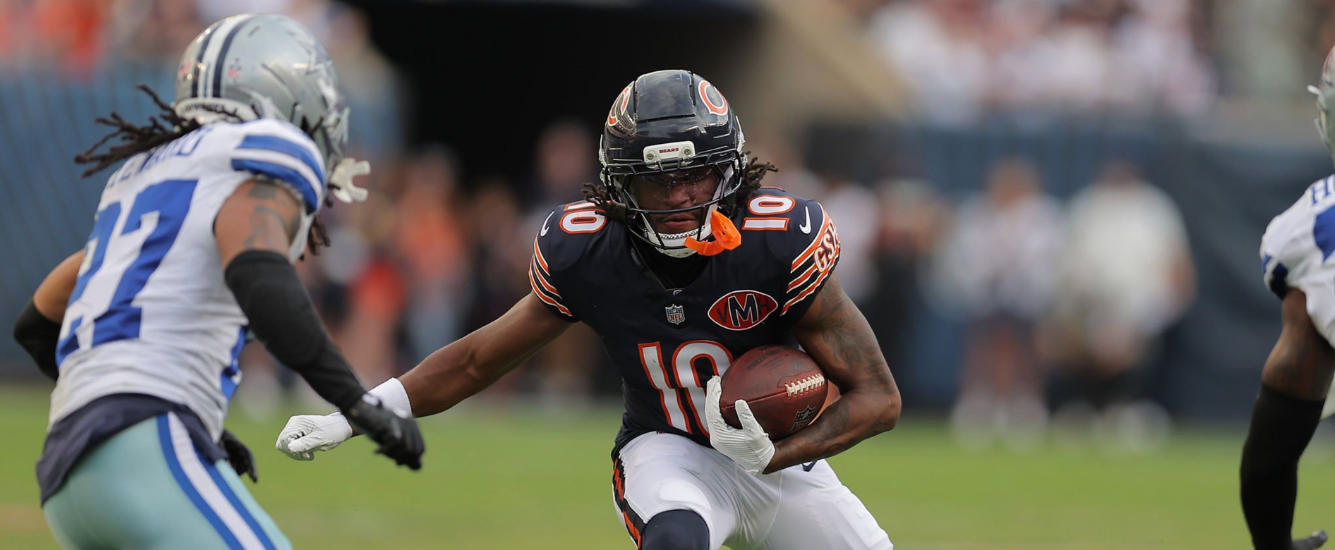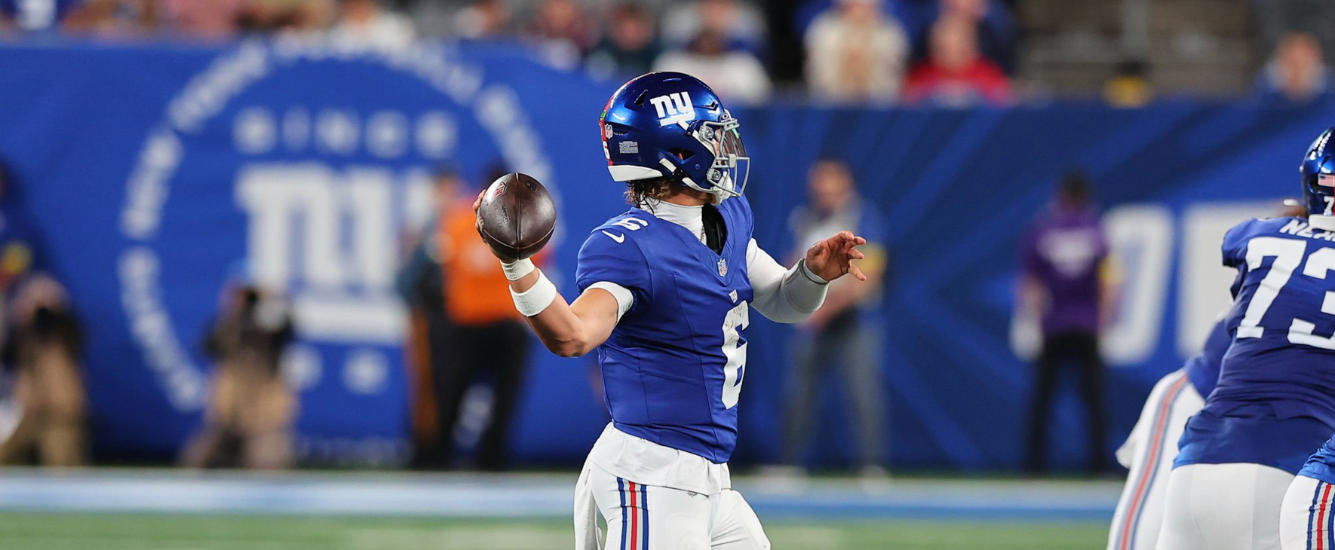I’ve spent most of the past three months diving into different ways to model PGA Tour performance. As with most things, predicting golf exists on a spectrum. On the “most predictable” side of that spectrum, you have things like Driving Distance. It doesn’t really change from event to event with some, rare exceptions. On the other end, we have things like putting performance. The variance is off the charts and it’s a fool’s errand to devote much time to predicting it.
The one piece of information that we can be reasonably sure of heading into a tournament is what a golfer’s potential ownership will be. Each week, I publish the PRK Model results alongside my ownership projections. With that in mind, I’ve decided to do a series on performance vs ownership at different salary ranges. In today’s piece, we’ll take a look at golfers that are between $6,500 and $7,400.
What Does Ownership Look Like in the $6,500-$7,400 Range?
This range had to be broken up a bit differently than the other salary ranges for a few reasons. There are a lot more golfers in this range each week and the salary distribution is such that if I split them into four equal groups, the “Mega-Chalk” ownership range would be something like 2.75% and up. I didn’t feel like an even split of golfers would give us any insight because most of the golfers we’d actually choose in practice are going to fall into that ownership range no matter what.
| Ownership Group | Ownership Range | Total Golfers |
| Mega-Chalk | Above 8% | 301 |
| Chalk | 4.51% – 8% | 481 |
| Medium-Owned | 2.41% – 4.5% | 1012 |
| Low-Owned | 2.4% and Below | 2844 |
As we go through the rest of this piece,[1]and subsequent parts of this series we’ll use these same ownership group names but the numbers may be different across salary ranges.

Are We Good at Picking Golfers from this Range?
I took a look at how golfers performed in this range over the past three years. A ceiling outcome – 80th percentile – is considered a score of 73 DK Points. An average outcome is 48.6 DK Points. Lastly, a floor outcome – 20th percentile – is considered a 23.5 DK Point performance.
| Ownership Group | Ceiling Rate | Average Rate | Floor Rate |
| Mega-Chalk | 25% | 60% | 85% |
| Chalk | 27% | 57% | 83% |
| Medium-Owned | 22% | 55% | 83% |
| Low-Owned | 17% | 44% | 76% |
Compared to other price ranges, we’re pretty good at parsing out who the worst plays are here in this cheap tier. The hit rates for the most owned golfers in this range are higher than those for the most expensive golfers. That makes sense because the worst golfers that are in this price range stick out a lot more than the “worst” golfer that’s $10,300. As far as ceiling rates go, we could use some more context than just ownership, so let’s take a deeper look and see if there’s anything that can help us narrow down our player pool even further when we check out price changes.
Do Price Changes Matter?
Price changes have given us some context in all of the other ranges that we’ve investigated.
| Previous Event’s Salary Group | Ceiling Rate | Average Rate | Floor Rate | Count |
| $9,500+ | 15% | 52% | 70% | 27 |
| $9,400 – $8,500 | 19% | 54% | 70% | 111 |
| $8,400 – $7,500 | 23% | 53% | 80% | 497 |
| $7,400 – $6,500 | 20% | 50% | 79% | 3347 |
| $6,400 and Below | 17% | 44% | 80% | 383 |
Golfers that are priced above $9,500 and drop down into this range are clear avoids. There aren’t too many examples of that in the database, but when it happens, those golfers struggle. Even a price drop from $9,400 to $8,500 looks like it’s a lot to overcome. The most interesting part about that, to me at least, is that the floor rates are so low from those golfers that see these price decreases. If anything, I could understand a ceiling rate drop but a floor rate increase, and that just simply isn’t the case. The real targets are golfers that have been between $8,400 down to $6,500 in their previous start and find themselves in this cheap tier.
Conclusions
This tier is super important from a lineup construction standpoint. Finding golfers that are more likely to succeed in this range gives you the flexibility to take the shots up at the top of the salary range on lower-owned golfers. You don’t need earth-shattering performances from the golfers you pick in this range. Remember, the difference between the ceiling of a stud ($9,500-plus) golfer and the ceiling of a golfer in this cheap tier is over 20 DK Points. Sure, it’d be great to get 100-plus DK Points from a golfer in this range but that’s historically only happened about 2.7% of the time. If you’re picking golfers strategically in this range that give you the best chance at that ceiling outcome, you’re going to be profitable over the long term in GPPs.
It’s also worth noting that over the past year of doing ownership projections the r-squared to actual ownership in the biggest 20-Max contest of that given week has averaged out to about 0.84. If we’re getting that close to actual ownership percentages with our projections, then we’ll be on the right track by following the conclusions of this series.
Footnotes[+]Footnotes[−]
| ↑1 | and subsequent parts of this series |
|---|




















